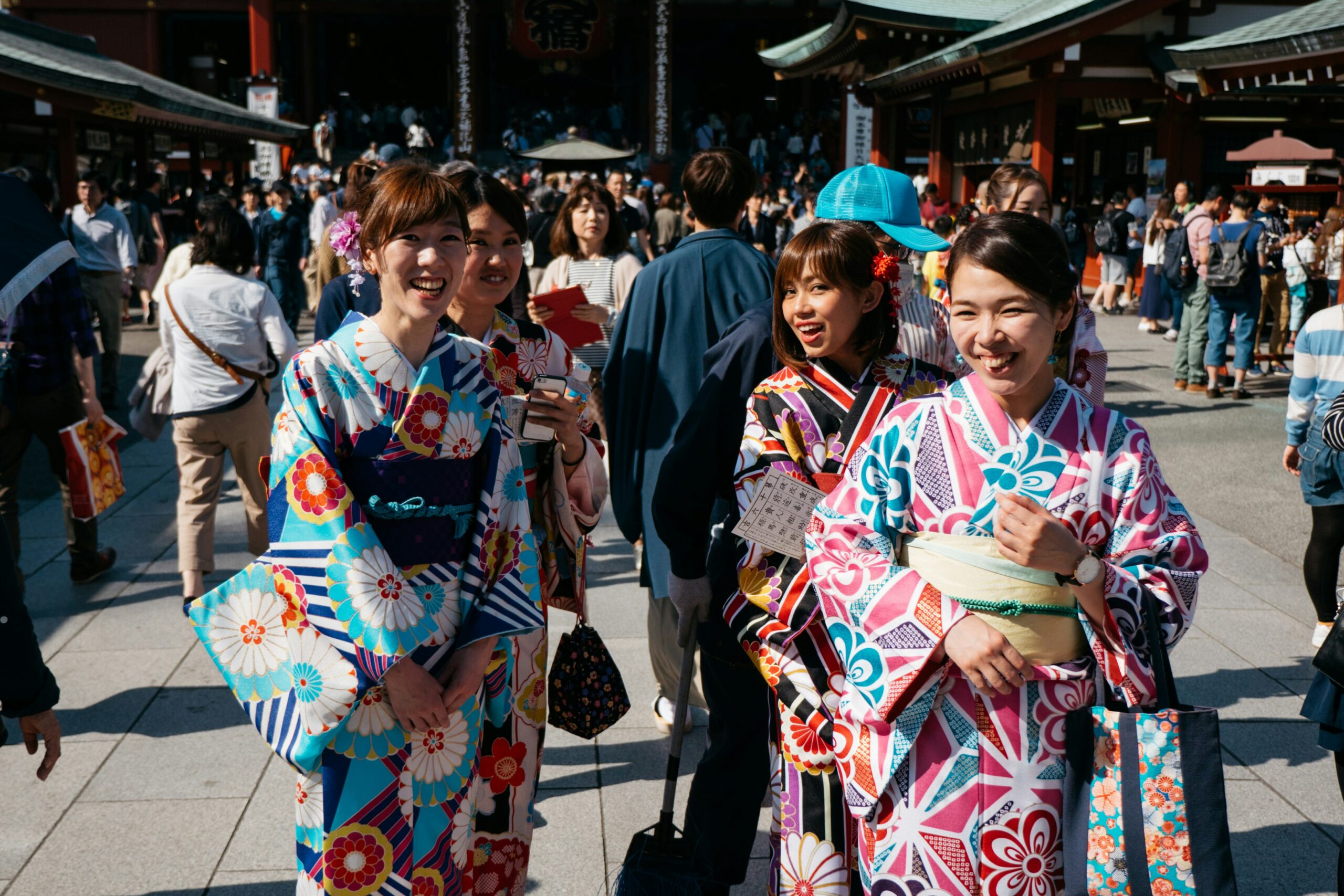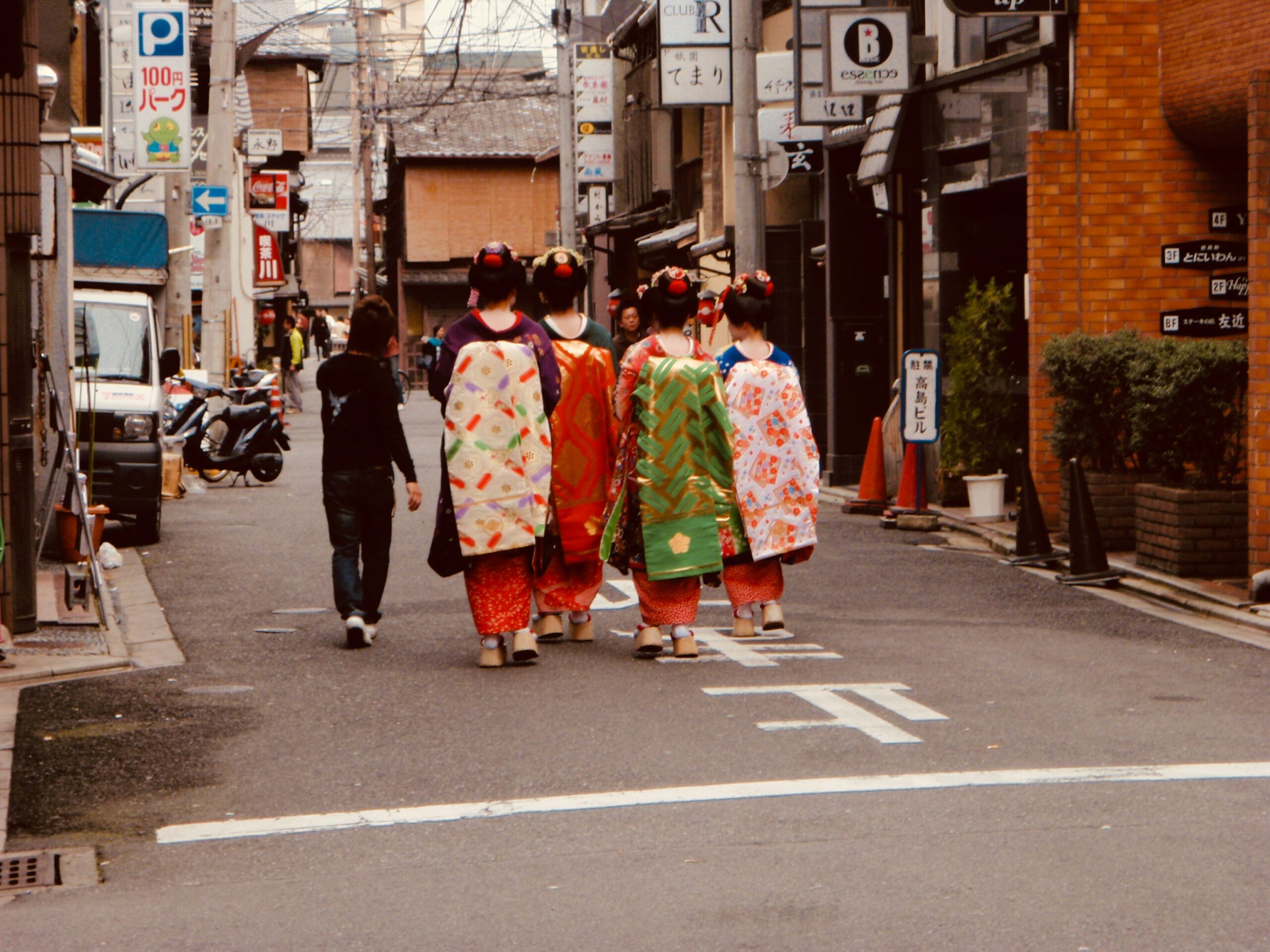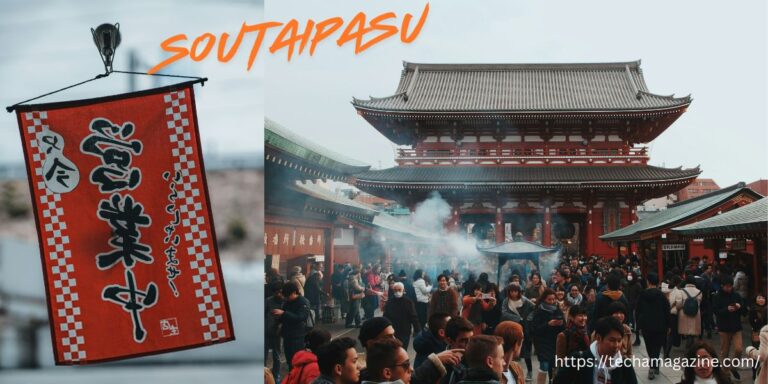Introduction
Have you ever found yourself wandering through the vibrant streets of Japan, marveling at its rich culture and fascinating traditions? One aspect that truly stands out is the concept of soutaipasu. This unique pass system offers visitors a chance to immerse themselves in the local experience like never before. From cultural landmarks to exclusive events, soutaipasu opens doors to hidden gems that many travelers miss. Whether you’re a seasoned explorer or planning your first trip, understanding this intriguing facet of Japanese culture can enhance your journey significantly. Let’s dive into what makes soutaipasu so special and how it shapes the way people interact with Japan’s captivating heritage.
What is Soutaipasu and its significance in Japanese culture?

Soutaipasu is more than just a pass; it embodies the essence of Japanese hospitality and cultural exchange. Designed to facilitate access to various attractions, events, and experiences, this pass serves as a bridge between locals and visitors.
In Japan, where tradition meets modernity, soutaipasu signifies an invitation into everyday life. It encourages travelers to explore beyond tourist hotspots by offering discounts or exclusive entry to lesser-known sites.
The significance lies in its ability to foster connections. When you hold a soutaipasu, you’re not merely an observer; you’re part of a community that values shared experiences. This sense of belonging enhances appreciation for Japan’s diverse culture and history.
Souatipasu transforms your visit into something personal—an opportunity to engage with traditions that have been cherished for centuries while creating lasting memories along the way.
The History and Evolution of Soutaipasu
Soutaipasu has roots that stretch back centuries in Japan. Initially, these passes were designed to grant access to sacred sites and temples. They served as a means of regulating entry into places of significance.
Over time, the concept evolved alongside Japan’s urbanization and modernization. The introduction of railways in the Meiji era marked a turning point. Travel became more accessible, leading to various types of passes tailored for different experiences.
Today, soutaipasu encompasses everything from museum entries to public transportation cards. This evolution reflects not only changing travel needs but also a desire for cultural connection amidst modern life.
Each pass tells its own story—connecting users with Japan’s rich heritage while embracing contemporary practices. As society continues to change, so too will the role and significance of soutaipasu in daily life across the nation.
Types of Passes in Japan
Japan offers a variety of passes, catering to different travel needs and preferences. The Japan Rail Pass is among the most popular, allowing unlimited train travel on JR lines for a set number of days. It’s ideal for those planning to explore multiple cities.
For city explorers, regional passes are available. These provide access to local trains and buses in specific areas like Tokyo or Kyoto. They often include discounts at attractions too.
Then there’s the Foreign Tourist Pass, which allows visitors exclusive access to certain transport systems while enjoying additional benefits such as special offers at restaurants.
Don’t overlook attraction-specific passes either; these can bundle entry fees with transportation options for convenience and savings. Each pass serves its unique purpose, enhancing your journey through this captivating country.
How to Obtain a Soutaipasu

Obtaining a soutaipasu is simpler than you might think. Start by choosing the type of pass that suits your needs. Options range from regional passes to city-specific ones, each offering various benefits.
Next, head to designated ticket offices or official websites. If you’re in Japan, many train stations have kiosks where you can purchase these passes directly.
Be prepared with necessary identification and payment methods. Some passes may require a photo ID for verification purposes.
Many travel agencies also offer assistance in obtaining soutaipasu for tourists. They can guide you through the process and help customize your itinerary around it.
Consider downloading mobile apps related to transportation in Japan; some allow digital management of your pass for convenience on-the-go.
Etiquette and Cultural Customs surrounding Soutaipasu
When exploring the world of soutaipasu, understanding etiquette is essential. Many places in Japan uphold a culture of respect and politeness. This extends to how you use your pass.
First impressions matter. Always greet staff members with a polite bow when showing your pass. It reflects appreciation for their service.
Keep your pass visible but secure. Avoid fumbling around, as this can be seen as disrespectful or careless.
Each site has its own rules regarding photography and dining while using a soutaipasu. Be mindful of signs or announcements about what’s allowed to maintain harmony within these spaces.
Sharing experiences enhances connections among travelers and locals alike. Discussing sights you’ve enjoyed can create lasting memories and deepen cultural exchanges while respecting the traditions behind the passes you hold dear.
Famous Landmarks and Attractions that Require a Pass
Japan boasts a plethora of iconic landmarks that require a soutaipasu for entry. The historic temples and shrines offer not just spiritual solace but also visual splendor. Places like Fushimi Inari Taisha in Kyoto attract thousands with their stunning torii gates, all part of the experience that a pass enhances.
In Tokyo, the Tokyo Skytree stands tall as an architectural marvel. A soutaipasu allows visitors to access its observation decks for breathtaking views of the sprawling metropolis below.
Art lovers should look no further than Naoshima Island, famous for its contemporary art museums nestled within picturesque landscapes. These spots often require passes to regulate visitor numbers and maintain their serene ambiance.
Nature enthusiasts will appreciate exploring national parks such as Nikko or Hakone, where passes grant access to some hidden gems off the beaten path, ensuring an unforgettable adventure amidst Japan’s natural beauty.
The Future of Soutaipasu in Modern Japan
As Japan embraces technology, the future of soutaipasu is transforming. Digital passes are emerging, making access to attractions easier and more efficient.
Mobile apps now allow travelers to purchase and store their passes on smartphones. This reduces paper waste and enhances convenience for visitors exploring bustling cities like Tokyo or Kyoto.
Moreover, as tourism surges post-pandemic, there’s a growing push towards exclusive experiences. Special events tied to cultural festivals might require unique soutaipasu options that offer deeper engagement with local traditions.
Sustainability also plays a crucial role. Eco-friendly initiatives may lead to innovative pass designs that support conservation efforts while appealing to environmentally conscious tourists.
With these advancements, soutaipasu will remain an essential part of Japan’s cultural landscape. Travelers can look forward to new ways of experiencing this captivating country through its pass system.
Conclusion: Why You Should Experience Sout
Experiencing soutaipasu offers a unique glimpse into the cultural fabric of Japan. It’s not just about access; it’s an invitation to immerse yourself in rich traditions and practices.
Engaging with these passes allows you to navigate the country like a local. You unlock exclusive experiences that go beyond typical tourist attractions.
From historic shrines to modern art installations, each pass has its own story waiting for discovery. The convenience they provide enhances your travel experience significantly.
As you explore different regions, you’ll find that each pass reflects the essence of its locale. This connection deepens your understanding of Japanese culture in ways that mere sightseeing cannot achieve.
Soutaipasu isn’t merely a ticket; it’s your gateway to adventure and authentic encounters across Japan’s diverse landscape. Embrace this opportunity for an unforgettable journey.
FAQS
Soutaipasu is an integral part of Japanese culture that provides a unique glimpse into the country’s customs and traditions. As you explore Japan, understanding and utilizing these passes can enhance your experience significantly.
If you’re curious about more details regarding soutaipasu, here are some frequently asked questions:
What exactly does “soutaipasu” mean?
Soutaipasu translates to “pass” in English. It refers specifically to various types of tickets or permits needed for access to certain attractions, events, or transport systems within Japan.
Are there different kinds of soutaipasu?
Yes! There are multiple categories including travel passes like the JR Pass for trains, museum passes for cultural sites, and even seasonal event passes.
How do I obtain a soutaipasu?
Most passes can be purchased online or at kiosks throughout Japan. Some might require prior booking before arriving in the country.
Is there etiquette associated with using souatipasus?
Absolutely! It’s essential to respect local customs when showing your pass. Always have it ready for inspection when entering venues or boarding transportation.
Which famous landmarks require a soutaipasu?
Popular sites such as Kyoto’s Kinkaku-ji (Golden Pavilion) and Tokyo Disneyland often necessitate specific types of passes.
Will the concept of soutaipasu change in modern Japan?
As tourism evolves and technology advances, we may see more digital solutions emerge alongside traditional paper-based options.
Understanding these facets will allow you not only to navigate through Japanese society but also appreciate its depth fully. Exploring this world opens doors you never knew existed while enriching your travels tremendously.
